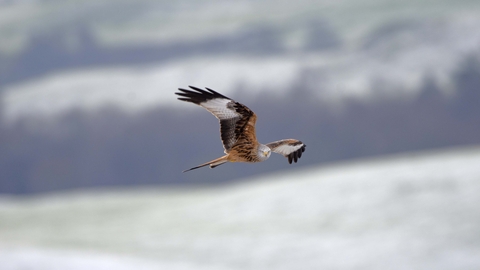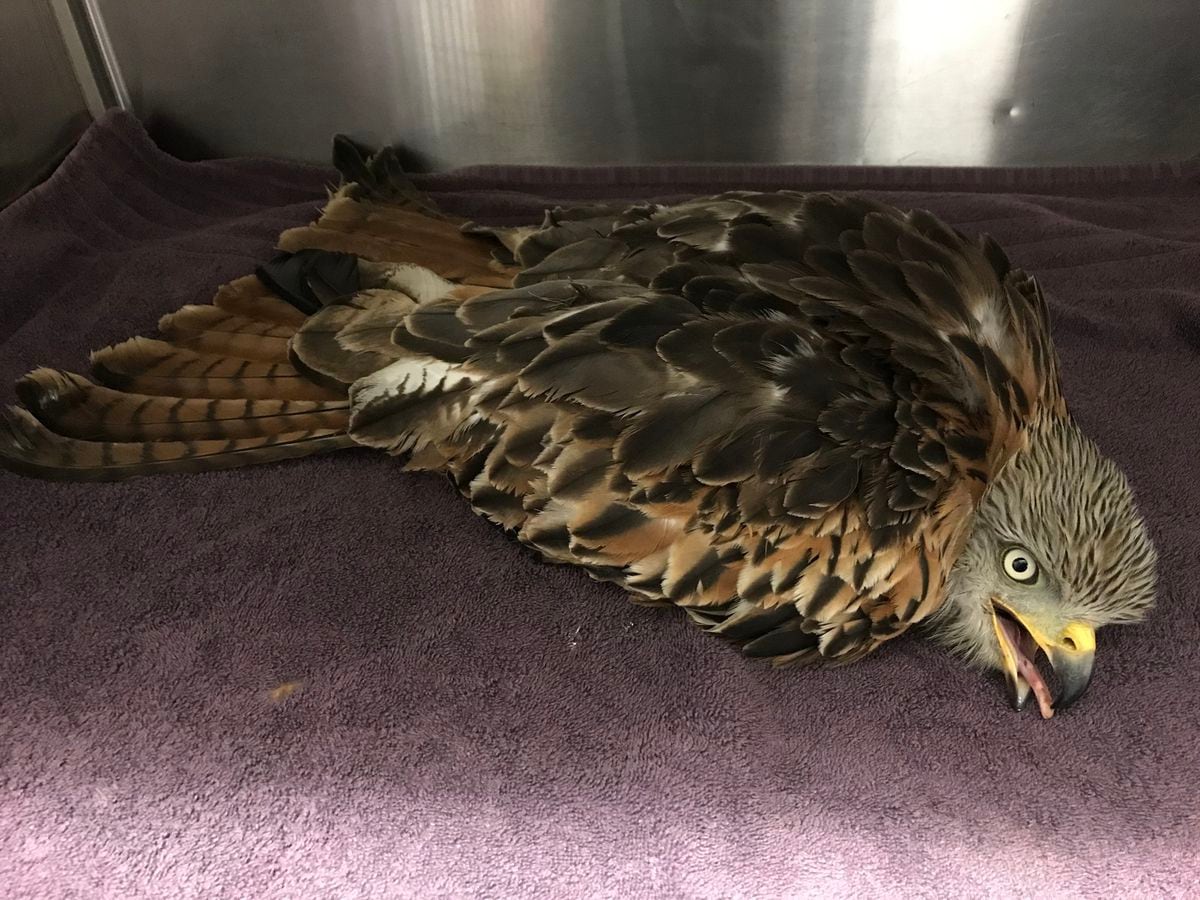

In 1993 the RSPB asked him to establish a Red Kite feeding station. Eithel Powell had fed a small population of Red Kites for years, which he could safely do as the birds pose no threat to livestock.

High up in the hills above Rhayader Gigrin Farm is a 200 acre sheep farm, owned by the Powell family. I decided to put this last reason to the test, so took myself off to Gigrin Farm in Rhayader, Powys. There are few spectacles that can compete with seeing Red Kites at close quarters. Second, education: to introduce people to this spectacular member of our local wildlife, and finally, economic: to increase tourism for the benefit of the local economy.

The small supplement to their natural food provided by a feeding station should increase their survival rates, especially during winter. One-third of Kites die in their first year and only 40% live until 3 years old, the average age of first breeding. First, conservation: to help increase the population of this scarce, vulnerable species. So, why set up a Red Kite Feeding Station? There are three possible reasons. In 2006 one breeding nest was found and by last year 82 nests had been identified and at least 125 young Red Kites had flown from those nests – a resident population is becoming established in the Shropshire Hills. I discovered there had been no breeding population in the Shropshire Hills since 1876. I drove up my farm lane and saw approximately 40 of these magnificent birds swooping and circling in the sky above my farmhouse.Īfter moving to Shropshire, Red Kites dropped off my radar until a few weeks ago, when I heard of a feasibility study being conducted into the establishment of a Red Kite Feeding Station at the Shropshire Hills Discovery Centre in Craven Arms, so I went along to learn more. Initially there would be just an occasional glimpse of one of these sleek, beautiful birds – so elegant and aerodynamic compared to their dumpy cousins, the buzzard – but gradually sightings increased, culminating in a wonderful sight in 2006. The Tywy and Cothi Valleys were the two areas of Wales where the mere handful of Red Kites had survived and, against all the odds, had been breeding successfully and their numbers were on the rise. After a sojourn abroad, I came back to a small village in the Cothi Valley in Carmarthenshire in 2000. When I first moved to rural West Wales, in the 1970’s, Red Kites were simply unheard of. They enjoyed protection by Royal decree: this changed in the mid-16 th century, when they became categorised as vermin and were systematically slaughtered by the turn of this century a mere handful of pairs survived in the more remote valleys of Wales. The total is 23 species, which is the same as the last time we visited this site.Ĭourse member David Arbuthnott contributed the following images from the trip.In the medieval period Red Kites were abundant, both in towns and rural areas. Great Spotted Woodpecker, Green WoodpeckerĬommon Buzzard, Red Kite, Kestrel, Peregrine, Sparrowhawk, Goshawk Bird List for Trip Siskin, Lesser Redpoll, Brambling, Common Crossbill, Greenfinch Waterproof and stout footwear is recommended. There are a few steep sections and some clearfell areas (not steep) where the ground is rough. The car park is not very large so please park compactly or, better yet, share rides. A pannable, zoomable map showing (with an orange arrow) the car park where we will meet can be seen here. This field trip takes us to Sowdley Wood above Clunton, for displaying Goshawks, with a stop afterwards to scan the River Clun for Dipper, Kingfisher and Grey Wagtail. Sunday 6th March, 2022 – Field Trip V: Early Breeders, Displaying Raptors and Coniferous Forest Specialties Location


 0 kommentar(er)
0 kommentar(er)
